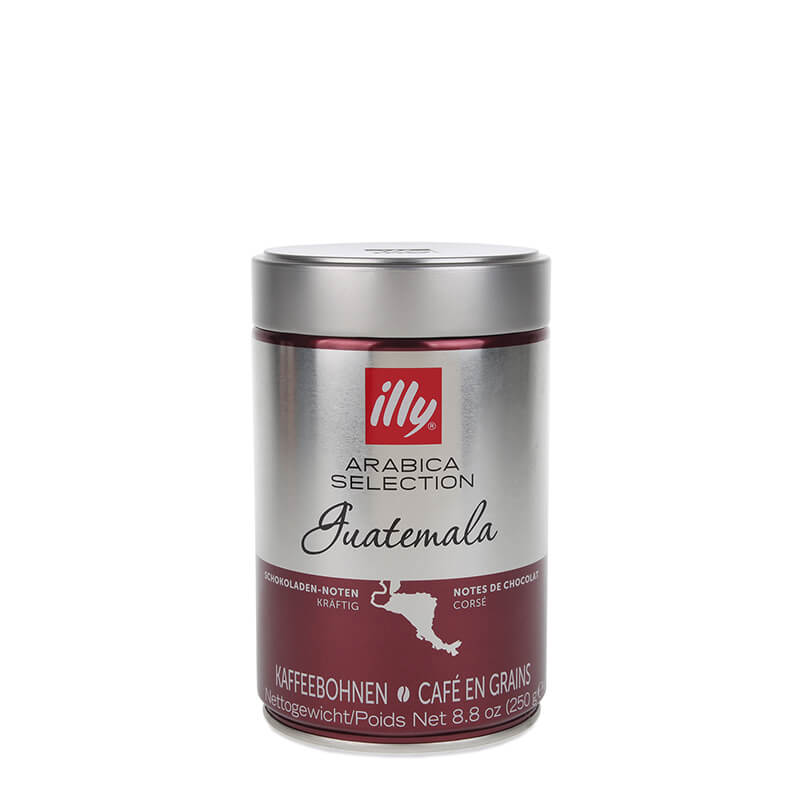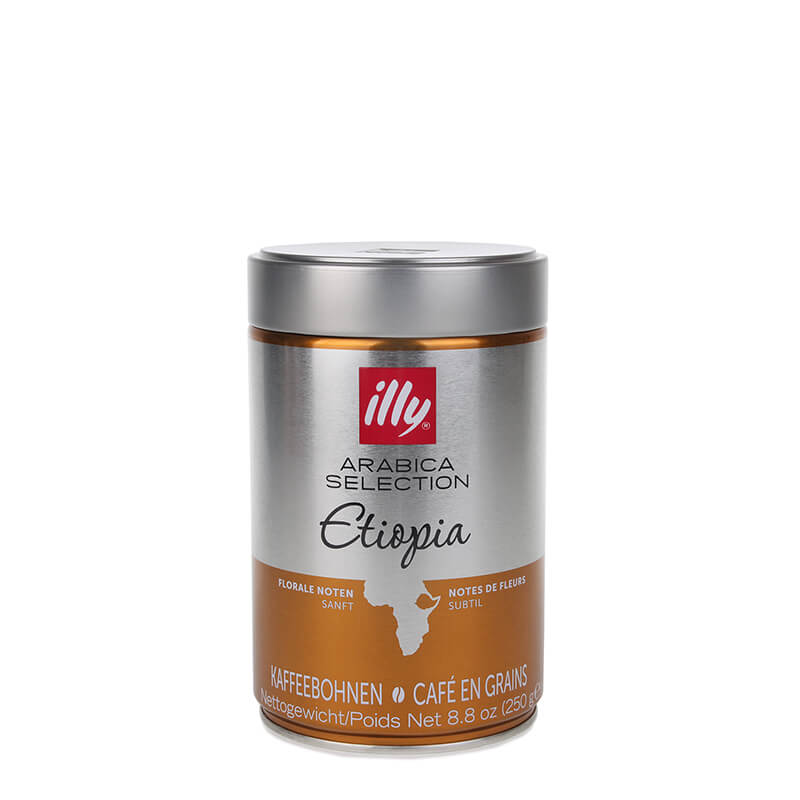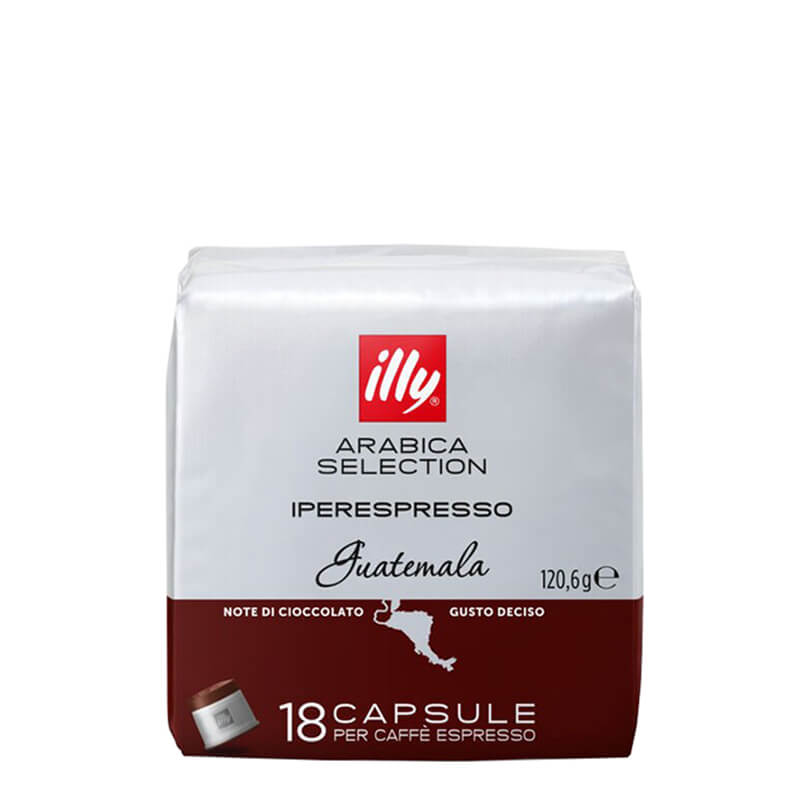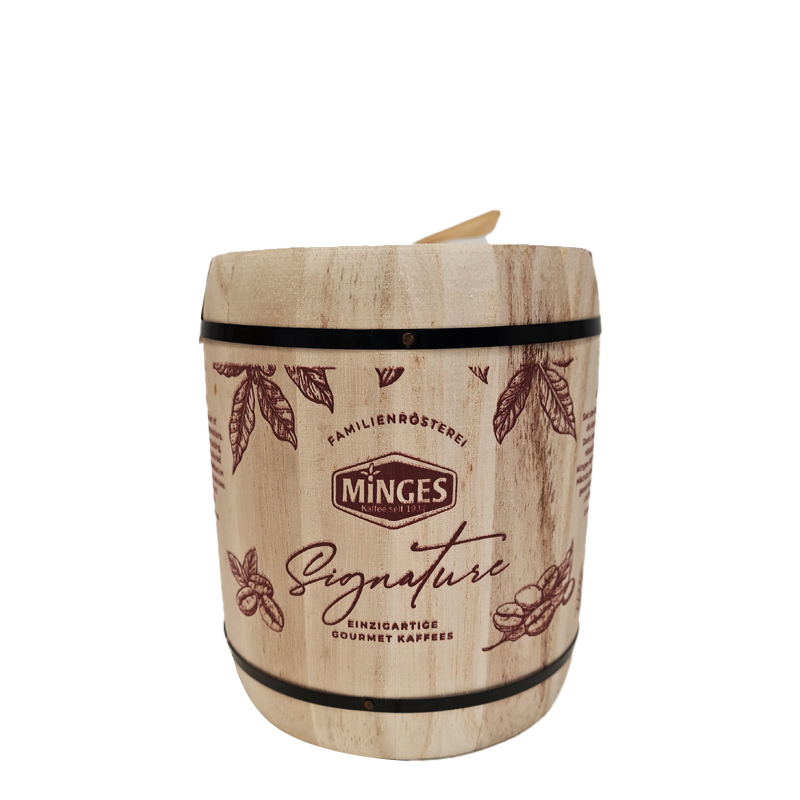

SINGLE ORIGIN COFFEE BEANS: THE SPECIAL ORIGIN
But how exactly does a single origin espresso differ from other espressos? Experts differentiate between single-origin coffee, better known as single origin, and a classic coffee blend. As the name "Single Origin" suggests, these espresso beans have only one "single origin". Accordingly, an espresso may only be called a single origin espresso if all the beans in the package come from the same growing region. More specifically, these espressos must belong to the same type of bean, come from the same harvest, and have the same producer. At the same time, attention is always paid to the choice of the best beans, because these ultimately leave the unmistakable taste. After cultivation, in the usually cooler highland plantations, the coffee beans are harvested and roasted according to type. This means that after harvesting, the espresso beans are not mixed with other beans to form a blend, as is usually the case. Otherwise, the beans would no longer be considered single varietal, but rather a coffee blend or coffee blend.
SINGLE ORIGIN COFFEE: ENJOYING SINGLE-ORIGIN ESPRESSOS
The often complicated and manual harvesting is therefore often reflected in the price, but rewards the Frahling lovers with a distinctive delicious taste. The aromas in espresso vary depending on the growing region and bean variety. For example, sweet aromas are often found in Kenyan Single Origins, while Ethiopian coffee-growing regions produce floral and fruity notes. In South American regions, such as Brazil or Colombia, single origin coffee beans carry a more nutty, chocolatey flavor.




























